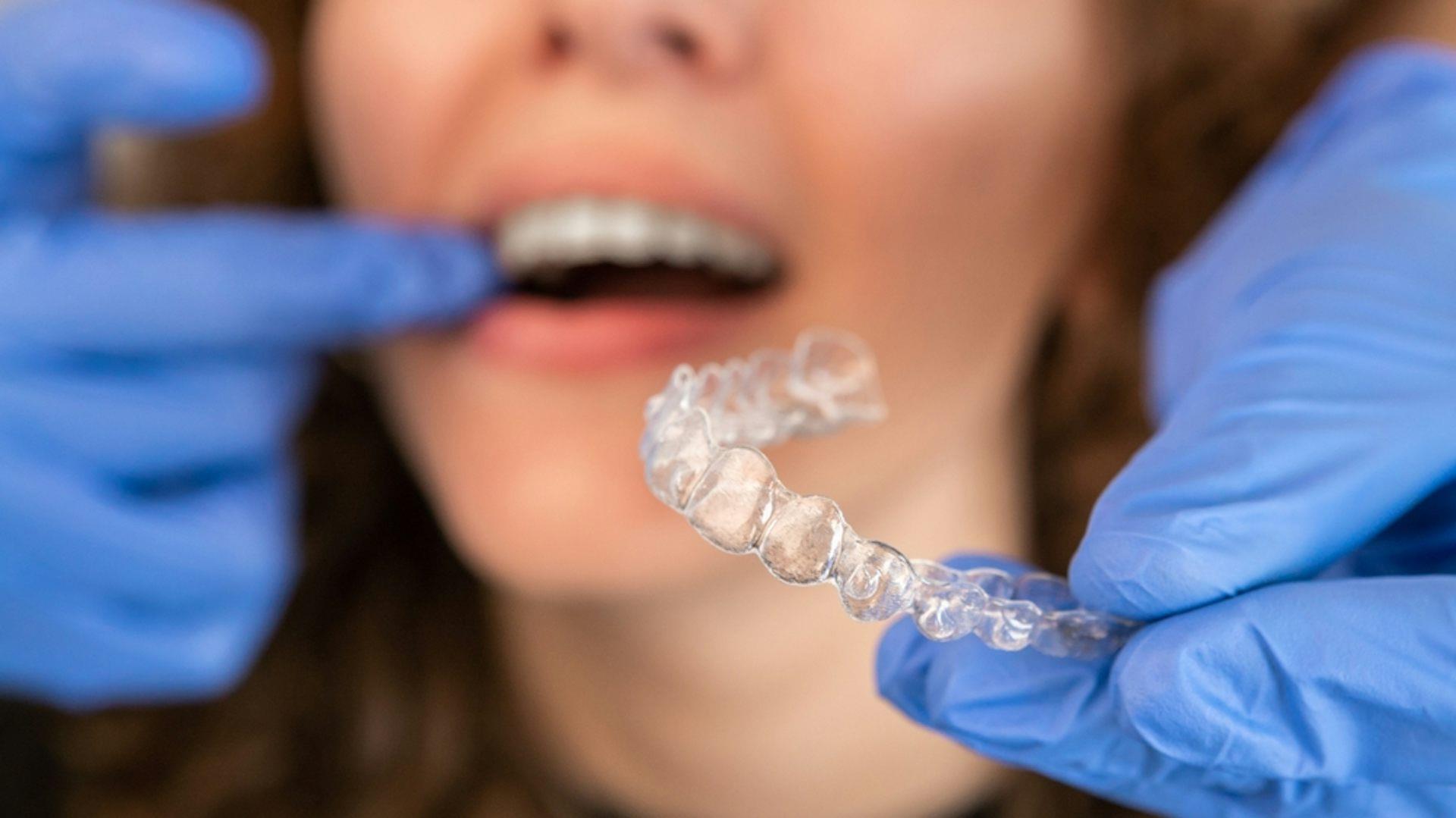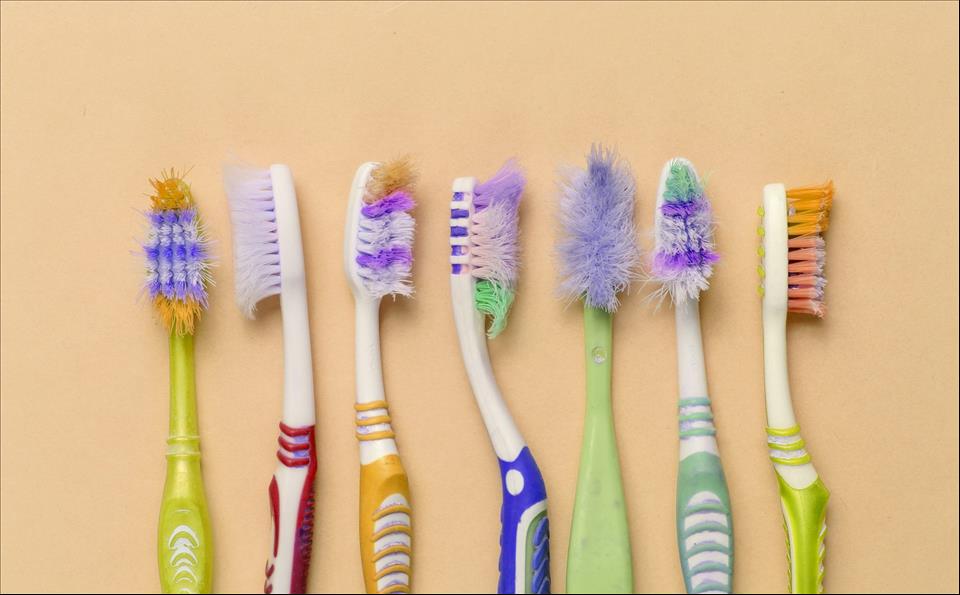The Hidden Plastic Problem In Your Daily Dental Routine And What's Being Done About It
A growing body of research reveals that our pursuit of clean, healthy teeth comes with an unexpected cost: we're washing billions of microplastic particles down the drain every day.
Take toothpaste, for example. Decades of using toothpastes with plastic microbeads triggered bans in many countries, but studies show that many modern toothpastes still contain microplastic particles.
And toothpaste isn't the only offender; dental floss is another stealth culprit. Most flosses are made of nylon or Teflon – non-biodegradable fibres – that shed and linger in ecosystems .
Even the simple toothbrush sheds dozens of nylon bristle fragments during normal use. These fragments enter sewage, pass through treatment systems and end up in marine food chains where they are ingested by plankton, shellfish, fish and, eventually, us.
Beyond daily hygiene products, the materials dentists use inside our mouths also matter. For years, dentists have been replacing mercury-containing silver amalgam fillings with white plastic ones, believing them safer for patients and the planet.
That shift got a boost in 2013, when the UN Minamata Convention treaty urged countries to phase out dental amalgam to cut mercury pollution.
Resin-based composite fillings (the white plastic kind) became the go-to alternative. However, new research suggests these plastic fillings might have their own hidden environmental costs .
A 2022 review in the British Dental Journal confirmed this risk, showing how resin-based composites could contribute to pollution. It found that all the ingredients in these fillings might act as pollutants once they start breaking down.
In other words, the plastic material in a filling doesn't just sit harmlessly in your tooth forever. Over time, tiny fragments and chemical components can wear off and leach out.
These resin bits and monomers (the basic chemical building blocks of the plastic) can make their way into saliva and wastewater, and eventually into the wider environment.
These risks don't only emerge while fillings are in the mouth. A key concern is the microscopic plastic dust produced during routine dental work. Drilling out an old composite or polishing a new one generates fine debris that gets suctioned up and flushed down the drain .
These particles, often only a few microns wide, are essentially microplastics. They spread easily through water, and their large surface area means they can leach even more of the filling's chemicals as they break down.
The problem doesn't stop with fillings. Acrylic dentures, worn by millions of older adults, are another constant source of microplastic exposure. With every bite and every cleaning, tiny particles can rub off their surfaces and be swallowed.
Similarly, acrylic mouthguards, nightguards, clear aligners and removable retainers are held in the mouth for hours each day and show visible wear over time. That wear is a sign that microscopic fragments are being released and either ingested or rinsed into the sink.

Retainers and mouthguards can also shed plastic through wear and tear. Rec Stock Footage/Shutterstock Effect on health
All of this plastic debris inevitably raises a bigger question: what does it do to us? The effect of microplastics on our health is worrying. Bisphenol A , a chemical used in some dental resins (plastics), can mimic hormones and disrupt the endocrine system .
In 2024, a medical study detected microplastics embedded in arterial plaque and those patients were far more likely to suffer a heart attack or stroke. Other studies suggest swallowed microplastics may disturb gut microbes and trigger inflammation .
Given these mounting risks, solving this plastic invasion will take action from industry and consumers alike. Manufacturers are developing toothpastes with natural abrasives like silica or clay instead of plastic beads and researching biodegradable polymers for future dental products.
Over 15 countries have already banned plastic microbeads in toothpastes and cosmetics , removing one obvious source of pollution. Some dental clinics are testing filters (like activated carbon filters) to trap resin dust before it enters wastewater.
Consumer choiceConsumers also have choices. Toothpaste tablets or powders in plastic-free packaging are now available. Bamboo toothbrushes or those with natural bristles significantly reduce plastic waste.
Plastic-free natural fibre-based floss options can also help minimise the impact of plastics.
For orthodontics, traditional metal braces offer effective alternatives without adding plastic to your mouth or the environment.
Dental plastics have brought clear benefits such as whiter teeth, easy treatments and safer alternatives to mercury. Yet their environmental costs and possible health risks are now coming into focus.
With microplastics turning up from the oceans to the human bloodstream, even our mouths are not safe from this invisible contamination. The hope lies in innovation and vigilance so dentistry can continue to protect our smiles without adding to the plastic crisis .

Legal Disclaimer:
MENAFN provides the
information “as is” without warranty of any kind. We do not accept
any responsibility or liability for the accuracy, content, images,
videos, licenses, completeness, legality, or reliability of the information
contained in this article. If you have any complaints or copyright
issues related to this article, kindly contact the provider above.
Most popular stories
Market Research

- United States Lubricants Market Growth Opportunities & Share Dynamics 20252033
- Daytrading Publishes New Study On The Dangers Of AI Tools Used By Traders
- Newcastle United Announce Multi-Year Partnership With Bydfi
- Ecosync & Carboncore Launch Full Stages Refi Infrastructure Linking Carbon Credits With Web3
- Utila Triples Valuation In Six Months As Stablecoin Infrastructure Demand Triggers $22M Extension Round
- From Zero To Crypto Hero In 25 Minutes: Changelly Introduces A Free Gamified Crash Course






















Comments
No comment